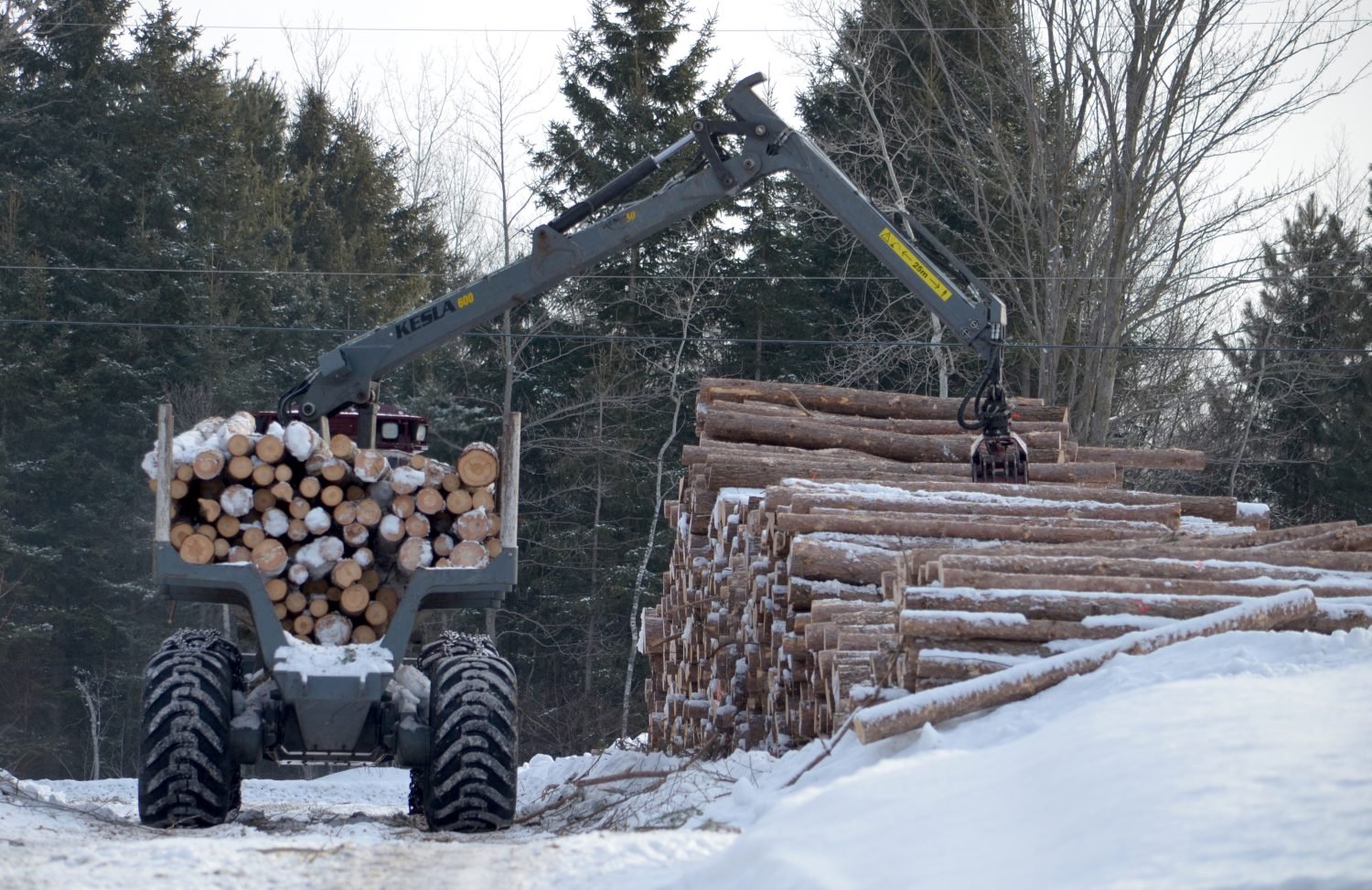Forestry Generates $1.8 Billion in Economic Impact
In 2022, Nova Scotia’s forestry sector generated $1.8 billion in economic impact, according to a new report authored by Gardner Pinfold.
The Forestry Economic Task Force - a collaboration of forestry sector stakeholders whose purpose is to design and implement a strategic economic roadmap for Nova Scotia, commissioned the report with funding from the Forestry Innovation Transition Trust.
“Even after all the challenges our sector faced, it generates nearly $2 billion of economic impact every year,” said Forest Nova Scotia executive director Stephen Moore. “This shows that the forestry sector is still part of Nova Scotia’s engine.”
“We can generate this kind of economic impact while being the province’s greenest sector - we take more carbon out of the environment than we emit.”
Forestry employs over 6,400 Nova Scotians - 2,700 direct full-time positions and 3,700 spinoff jobs, including about 900 in wood supply and support services. These jobs generate $380 million in income:
The direct employees at the mills are well-paid, with an average income of $66,500.
The average income for those employed in indirect activities, including forestry and support services, is $58,200.
Nova Scotia’s average income is just over $43,000.
Additionally, the sector generates $171 million in tax revenue for the provincial and federal governments - $84 million provincially and $87 million federally.
“We employ thousands of people and pay them well above the provincial average,” said Moore. “The average pay cheque is $43,000 in Nova Scotia. We pay as much as 54 percent more than that.”
Northern Pulps’s closure in 2020 carried a substantial impact, resulting in multiple cases of job loss and financial hardship to those most closely tied to the mill’s operation.
“The closure of Northern Pulp was hard on many forestry families,” said Moore. “It also cost people their jobs, families their livelihoods, and the province revenue.”
Between 2018 and 2022, the sector’s GDP declined by 15 percent, exports by 18 percent, and employment by 14 percent.
“500 families lost their jobs and income because of the mill’s closure,” said Moore.
The Forestry Economic Task Force has created an economic roadmap that looks to sustain and unlock the significant growth potential of the forestry sector.
“We believe the forestry sector has immense potential for sustainable growth,” said the Forestry Economic Task Force executive director Harvey Gray. “Building upon the strength of our foundational manufacturing segments and supply chain, we are focused on finding and capitalizing on growth opportunities that will create green jobs and prosperity for generations.”
“An economic contribution that approaches $3 billion annually is within reach.”
The task force has identified several opportunities, including:
The replacement of petroleum-based products with wood-based products, including bio-fuels, bio-chemicals, and bio-coal, and
The expansion of residential, commercial, and industrial construction using mass timber

